MARKET OVERVIEW
Skin lightening creams are very popular cosmetic products, inasmuch as they serve the purpose of lightening skin tone and removing the causes of discoloration from the skin. In some cases, people make use of these creams as it can be very beneficial in treating dark spots, hyperpigmentation, or melasma, for example. The excess production of melanin is where they focus, which darkens patches of the skin. They lighten the complexion significantly in the long run as people keep using them consistently.
Most widely found in skin lightening creams is hydroquinone, which inhibits the action of melanin - the skin pigment that provides its coloring by curbing its production. Hence, the effect of a reduction in melanin gives a lightening effect of pigmentation defects like dark spots. However, it is important to note that hydroquinone should be used with caution, as long-term use may cause side effects such as skin irritation or ochronosis, a condition where the skin becomes darker.
One such commonly used ingredient is kojic acid, produced from mushrooms or fungi species. Kojic acid operates by reducing melanin formation in the skin layer. It is considered mild, as compared to hydroquinone, and cannot give skin irritation. Kojic acid is very effective to light dark spots, sunspot injury, and other types of coloring of the skin. Most of the people, nowadays, prefer kojic acid for whitening treatment because it can help minimize spots and sunburn.
Some major ingredients are vitamin C; these products contain antioxidants like vitamin C. Vitamin C lightens the skin since it can inhibit the process of forming melanin within the body and enhance radiance naturally in the skin. The vitamin also allows a natural recovery of damage created within the skin by free radicals or unstable molecules that can impair cellular elements. Vitamin C also makes its usage common in several aging symptoms, such as fine lines and wrinkles, end.
While skin lightening creams can help with most of the skin problems, these should be used with care since overuse or misuse could lead to unwanted side effects like dryness, irritation, or sensitivity to sunlight. As such, it is always advisable to consult a dermatologist before commencing any new skincare regimen, especially when using products with strong active ingredients.
Global Skin Lightening Cream market is estimated to reach $7,495.8 Million by 2031; growing at a CAGR of 6.1% from 2024 to 2031.
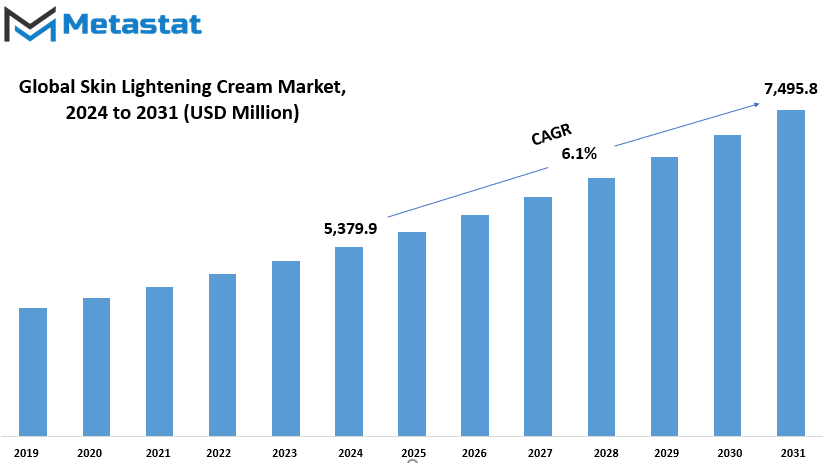
GROWTH FACTORS
With the awareness that is being shown towards skin health and with advanced formulations available in the market targeting specific different skin concerns, the demand for personal care products that target skin imperfections and aim for an even skin tone is growing rapidly. Consumers are becoming better-educated about the ingredients used in the products they are exposed to, and so is a movement towards effectiveness with safety. As the consumer seeks ways to maintain healthy and evenly toned skin, this market continues to grow.
One of the main issues is the safety and side effects of some of the active ingredients used in skin lightening products. For instance, some of the active ingredients, such as hydroquinone, which have been widely used for skin lightening, have raised concerns regarding their long-term safety. Some of the users might react to some of the products with skin irritation or other adverse effects, thus avoiding them. There are increased concerns when it comes to environmental and ethical implications of specific ingredients, and regulation has even become tighter in many parts. Some countries banned certain ingredients altogether, which may restrain product offers from companies selling products containing said ingredients and curtail further market growth.
One such opportunity is the growing trend toward natural and organic alternatives of skin lightening. Most consumers are now looking for skin-lightening products that do not comprise harmful chemicals but instead look towards safer, more sustainable skin lightening options. This is shifting the focus toward natural formulations; hence, the avoidance of side effects from synthetic products with the same skin benefits it is supposed to give consumers. Over the next few years, demand for plant-based ingredient or other naturally sourced component-based products is likely to increase significantly, opening up a major growth opportunity for such brands. In conclusion, despite the fact that there exists a growing market for the skin-care products focusing on health with even skin tone, the potential for this market is imperiled by safety concerns along with regulatory restrictions. However, in light of growing interest for naturals and organic substitutes, the future would be looked at as hopeful; hence, most consumers want safer and friendlier options to the environment.
MARKET SEGMENTATION
By Type
There are numerous skincare products categorized into different products that meet all needs. Among them are creams, lotions, gels, serums, face masks, and cleansers, among others, which offer something that is good for the skin. This is helpful so that individuals will understand their needs and what will choose.
Creams are thick, rich products applied on dry skin or used to give an extra layer of hydration to the skin. They put a barrier over the skin surface, which helps keep moisture in and limits water loss. They are generally applied at night so that the skin can recover and rejuvenate during sleep.
Lotions are lighter and are normally much thinner compared to creams. They are suitable for daytime, which allows the skin to keep its moist appearance without greasiness and heaviness. Ideal skin for lotion is that which is normal to oily since it moisturizes the skin without clogging the pores. Also, most lotions used nowadays are enriched with other ingredients to solve at least one or two problems it causes, such as combating aging and pigmentation.
Light-weight skincaring comes in gels. These are normally water-based, so the cooling effect it would give to the skin could be very refreshing during the hot season or right after a workout. It hydrates without giving extra oil and is therefore good for those with oily or acne-prone skin. Gels, being formulated with active ingredients such as salicylic acid, treat acne.
Serums are the most concentrated formulas. They are used to be applied directly on the skin with a high dose of active ingredients. This product is put on the skin after being cleaned but before being moisturized; thus, the solutions being targeted for such issues like wrinkles, dark spots, or uneven skin tone. Since they are quite concentrated, serums tend to be more potent than other products, yet they are lightweight and quick in absorption.
It is sometimes used with a face mask to give it an intense treatment. In this case, it comes in hydrating masks down to those that purify the skin or the ones that help exfoliate. Depending on the ingredients of the face mask, it can provide it with deep moisture, extract excess oil, or maybe target some concerns such as acne or even dullness. Face masks are usually left on for quite a short period before having it removed, and such provides immediate results.
The basis of a skin care system is the cleanser. These eliminate all kinds of dirt, oil, and makeup. Cleansers cleanse the skin in gel, cream, or foam form for better absorption of other products. A good cleanser should be gentle and non-stripping of the natural oils found in the skin, therefore keeping it balanced while cleansing the impurities.
By Nature
Synthetic products are products created using artificial processes. They are a result of chemical reactions where a blend of natural and man-made elements is usually involved. Synthetic products occur in the cosmetic, food, and textile industries, among others. This is one of the most common reasons why synthetic products are widely in demand. They are often produced faster and cheaper than natural products. Furthermore, they often possess properties superior to those of natural products, such as a longer shelf life or durability. However, concerns exist that these synthetic materials have some harmful health and environmental impacts which have raised debate regarding sustainability in the long term.
Organic products, however, are produced organically without synthetic chemicals and synthetic fertilizers. Organic production focuses on sustainability and maintenance of environmental health. Organic products are associated with healthier living and are perceived as a more eco-friendly alternative to synthetic products. Organic farming focuses on the use of natural substances and processes, and this is especially common in food and agricultural products. People who opt for organic products do so because they feel that they are healthier since these products do not contain pesticides and GMOs. Organic products, however, are more expensive because they require more labor to produce.
Natural products are directly taken from nature. They are usually unprocessed or lightly processed, retaining their natural characteristics. These products are applied in numerous different business areas, like cosmeceutics, pharmacology, and the production of food products. Perhaps the main benefit from utilizing natural products is simplicity along with purity; that makes them very attractive since individuals consider them safer or stronger. While the use of natural products can be useful, the drawback is that they also have limitations in terms of shelf life or consistency, as compared to synthetic or organic products. Each type of product ultimately has its own set of advantages and challenges: Synthetic, Organic, and Natural. There is diversity in the markets of these areas, providing the consumer with the best option based on their tastes, values, and individual needs. As the realization of environmental and health matters increases, the demand for organic and natural products should continue to rise, though synthetic products will be adopted because of their efficiency and saving potential.
By Distribution Channel
The market can be further divided on the basis of distribution channels into some categories that reflect a different route through which the product has to reach the consumer. The distribution channels are comprised of online stores, supermarkets and hypermarkets, specialty stores, convenience stores, and direct sales. Each one of the channels has distinct characteristics, advantages, and disadvantages that help decide the different ways through which the companies send their products to customers.
With the increased growth in e-commerce, online shopping stores have become a popular platform through which to buy goods for consumers. It is very convenient to browse and shop from any place, straight from homes. The ease of accessing the site and the opportunities to compare prices and also read reviews of other purchases make it one of many people's favorites. With the high number of customers that come to these stores every day, they are a crucial channel of distribution for distributing goods especially for daily products that the consumer buys repeatedly. Hypermarkets combine all the characteristics of supermarkets but include, in addition to the supermarkets, others such as electronics or clothing.
They give even more variation in their ability to respond to wider consumer needs. Specialty stores deal in specialized products, like electronics, clothing, or health and beauty items. These stores are meant to give a focused shopping experience where the product is curated for meeting unique tastes of their customers. Specialized stores are effective in helping businesses reach a targeted audience and can offer expert advice on a wide variety of products that cannot be found in bigger retail stores.
Convenience stores are small, neighborhood-oriented shops selling a limited range of merchandise readily accessible to shoppers looking for a quick purchase. They have extended hours to accommodate the busiest shopper's schedule. Their inventory selection will not be able to compete with the selection offered through a supermarket, but the simple process by which a consumer might find his or her way into one of these locations makes this another key distribution channel for products in need of access to an expanded geographic area.
Lastly, the direct selling is concerned with selling the products to the customers through bypassing the outlets. Most of the times, it involves personal selling. Representatives sell and promote the products to the customers directly. Either through in-person consultation or by conducting online consultations, they connect the product to the customers. In turn, this makes shopping easier and more personalized for customers while offering the business an opportunity to bond well with the customers.
Every of them gives something unique to the market place with various ways of reaching to clients by businesses and catering towards consumers' needs. As an indication of its suitability, the appropriateness of the channel largely relies on the type of the product, the target market as well as the business strategy involved.
By End User
The global skin lightening cream market is growing rapidly and can be segmented into three major categories: women, men, and unisex. Each of these has different characteristics and caters to different customer needs, preferences, and skincare goals. The women's category is the largest and best established, since skin lightening products have traditionally been marketed to women. Most of these products are sought by various women in search of lighter skin tones and lesser pigmentation to establish an even complexion. Under this segment, there come many products such as creams, lotions, serums, and others stating the reduction of dark spots and sun damage from a person's skin.
Men's segment is rapidly increasing in the global market too. Traditionally, most skin creams, especially those lightening products, used to target the ladies alone, but currently, males are emerging in significant demands for the products. Awareness of having blemished skin or even a dirty appearance makes them turn into solutions to blotch, pigmentation, or other sunspots on the skins. More awareness regarding skincaring means men opt to use those creams and beauty products which promise clear or uniform color on their skin. Brands are responding by introducing skin lightening products dedicated to men's skin types, which may have to be formulated differently to factor in the uniqueness of a man's skin.
Some products are unisex too. These are products applicable to anyone regardless of whether they are male or female. They serve the desires of people who do not fancy products marketed specifically for the opposite gender. Unisex skin lightening creams appeal to a wider consumer base since they are aimed at general skin issues such as uneven skin tone, dark spots, and radiance. Most of the products tend to emphasize that they are suitable for all skin types and are sold as inclusive, offering skincare solutions for everyone without differentiating between gender.
As the demand for skin lightening creams continues to rise, these three segments—women, men, and unisex—are likely to expand even further. The growth in men's skincare, in particular, highlights how skincare trends are evolving and becoming more inclusive, as consumers of all genders seek products that help them achieve their desired complexion and skincare goals.
|
Report Coverage |
Details |
|
Forecast Period |
2024-2031 |
|
Market Size in 2024 |
$5,379.9 million |
|
Market Size by 2031 |
$7,495.8 Million |
|
Growth Rate from 2024 to 2031 |
6.1% |
|
Base Year |
2022 |
|
Regions Covered |
North America, Europe, Asia-Pacific Green, South America, Middle East & Africa |
REGIONAL ANALYSIS
The global market for skin lightening creams is segmented based on geography into five key regions: North America, Europe, Asia-Pacific, South America, and the Middle East & Africa. North America is further segmented into the U.S., Canada, and Mexico. Europe includes countries such as the UK, Germany, France, Italy, and other parts of the continent categorized under the "Rest of Europe" category. In the Asia-Pacific region, the market is bifurcated into India, China, Japan, South Korea, and others under the category "Rest of Asia-Pacific." South America is segmented into Brazil, Argentina, and others under "Rest of South America." Middle East & Africa region has been bifurcated into GCC countries, Egypt, South Africa, and others under "Rest of Middle East & Africa."
The skin lightening cream market in terms of market performance was valued at 4.03 million units in 2014. The market grew by the end of 2019 and was expected to reach 5.02 million units, indicating a huge growth trend. This trend is expected to grow further with a CAGR of 4.6% between the period from 2019 to 2025. The positive growth rate depicts the continuously increasing demand for skin whitening products that arises due to increasing consciousness towards skin care, rising emphasis on the beauty product range, and expansion in consumer population within all areas. This market expansion will likely continue because more consumers, especially those in emerging economies, will seek products that can improve their skin tone and appearance.
The growing availability of these products, combined with the rise of online retail platforms and shifting beauty standards, will further drive the market. The regional break down reveals considerable opportunities in developing markets where demand for beauty and skincare products is increasingly rising to be targeted for further company expansion. The consumer would thus change the preference or purchase behavior of consumers due to the growth in the market, which will influence further development in the skin lightening cream industry.
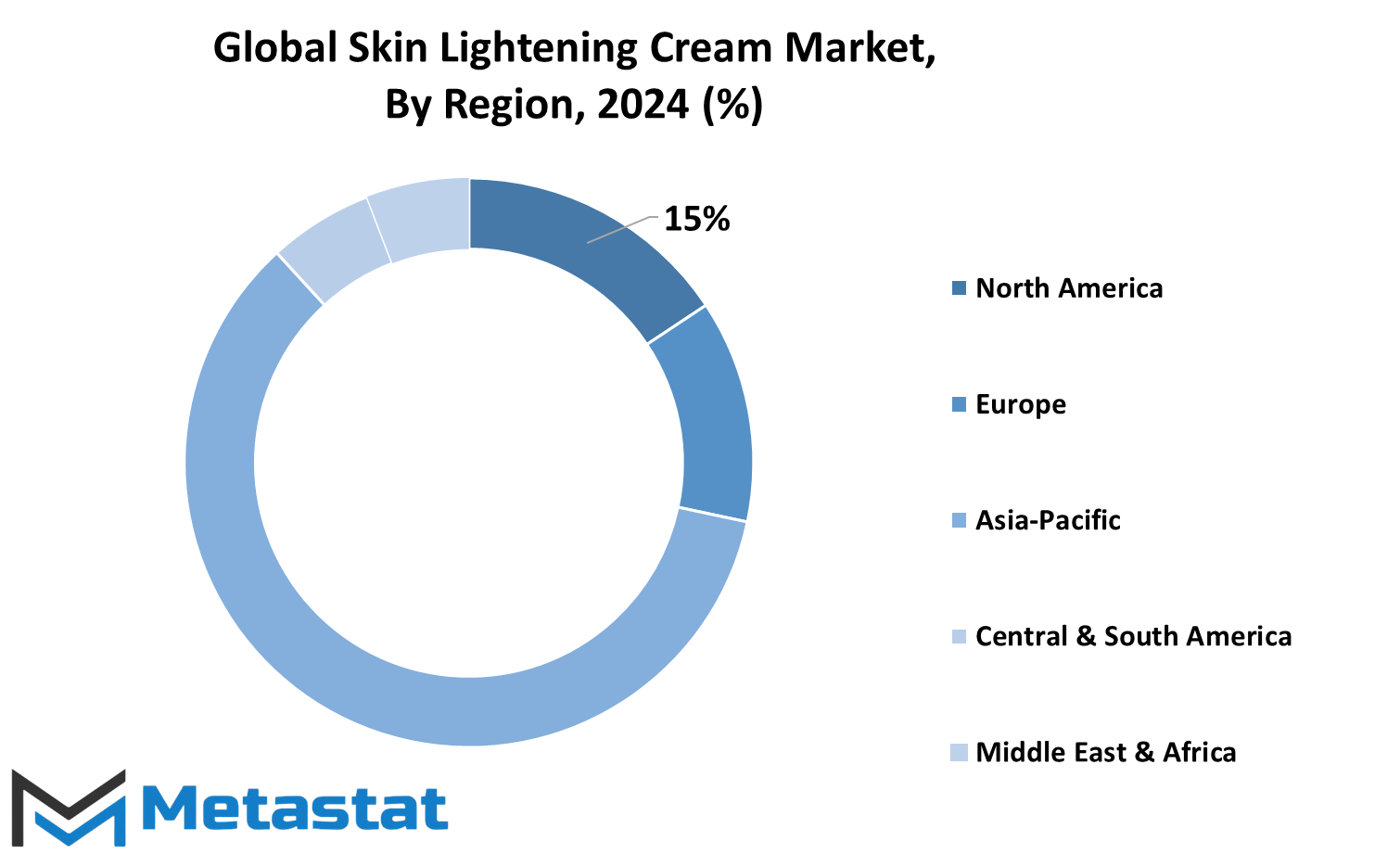
COMPETITIVE PLAYERS
The skin whitening cream market is dominated by a number of companies that are in direct and indirect competition with each other. Some of the bigger players in the industry include companies such as L'Oréal, Unilever, Procter & Gamble, Shiseido Company, and Beiersdorf AG. With a wide variety of products, these companies help improve complexion, enhance skin tones, and even address dark spots and pigmentation.
L'Oréal is one of the biggest and most famous brands around the world. It has a diverse portfolio of skincare products, such as skin lightening creams for different skin types. Unilever, the parent company of Dove and Fair & Lovely, continues to be an important player in the industry through its skin care solutions aimed at enhancing skin tone. Procter & Gamble also, with its product like Olay, takes the largest share in the market through skin lightening creams, which promise a smoother and brighter skin.
Shiseido Company is another giant player in the beauty and skincare line, which has gained tremendous popularity in the skin whitening segment. Known for its innovative products, Shiseido brings high-quality formulations designed to brighten and protect the skin. A very important player is Beiersdorf AG, owner of the Nivea brand, with Nivea offering a variety of skin care creams toward achieving a glowing complexion.
Kao Corporation, Estée Lauder Companies, Amorepacific Corporation, and Avon Products are other competitors to this market. These leaders keep on innovating and make a strong hold in skin lightening markets by enhancing creams that give better looking skin tone with anti-aging elements. Besides the global leaders, various regional players such as Himalaya Herbals, Jergens, Bio Veda Action Research (Biotique), VLCC Health Care, Pond's, Garnier, and SkinCeuticals are also providing an important contribution to this market.
Himalaya Herbals and Biotique focus on Ayurvedic formulations and natural ingredients, which are in high demand among consumers seeking herbal or organic alternatives. Pond's and Garnier, through global brands such as Unilever, provide effective yet affordable skin lightening products. SkinCeuticals, however, focuses on clinical-grade skincare and addresses the premium market segment interested in performance-based products for brightening and general skin health.
With the increasing demand for skincare products, these companies will most likely continue to compete by improving their formulations and targeting consumer needs for safer, more effective skin lightening solutions.
Skin Lightening Cream Market Key Segments:
By Type
- Creams
- Lotions
- Gels
- Serums
- Face Masks
- Cleansers
By Nature
- Synthetic
- Organic
- Natural
By Distribution Channel
- Online Stores
- Supermarkets and Hypermarkets
- Specialty Stores
- Convenience Stores
- Direct Sales
By End User
- Women
- Men
- Unisex
Key Global Skin Lightening Cream Industry Players
- L'Oréal
- Unilever
- Procter & Gamble
- Shiseido Company
- Beiersdorf AG
- Kao Corporation
- Estée Lauder Companies
- Amorepacific Corporation
- Avon Products
- Himalaya Herbals
- Jergens
- Bio Veda Action Research (Biotique)
- VLCC Health Care
- Pond's
- Garnier
- Nivea
- SkinCeuticals
WHAT REPORT PROVIDES
- Full in-depth analysis of the parent Industry
- Important changes in market and its dynamics
- Segmentation details of the market
- Former, on-going, and projected market analysis in terms of volume and value
- Assessment of niche industry developments
- Market share analysis
- Key strategies of major players
- Emerging segments and regional growth potential




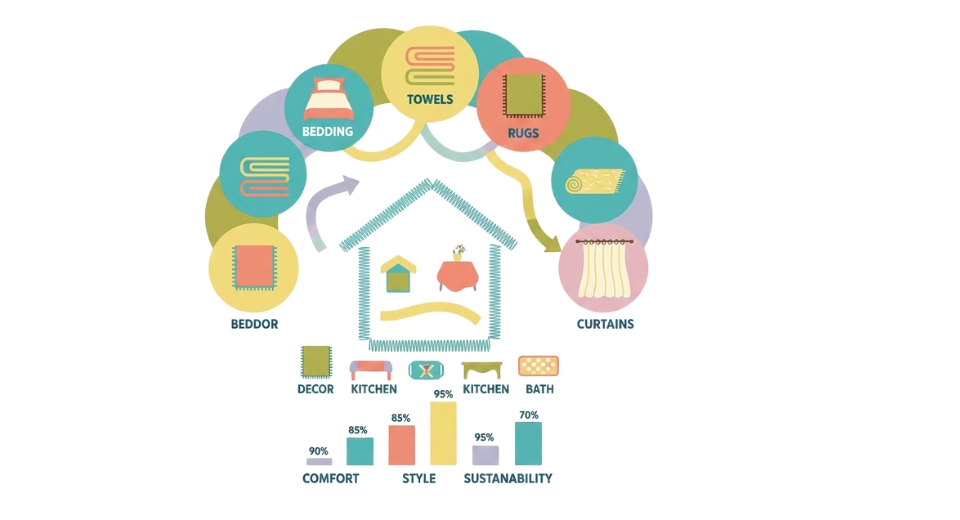
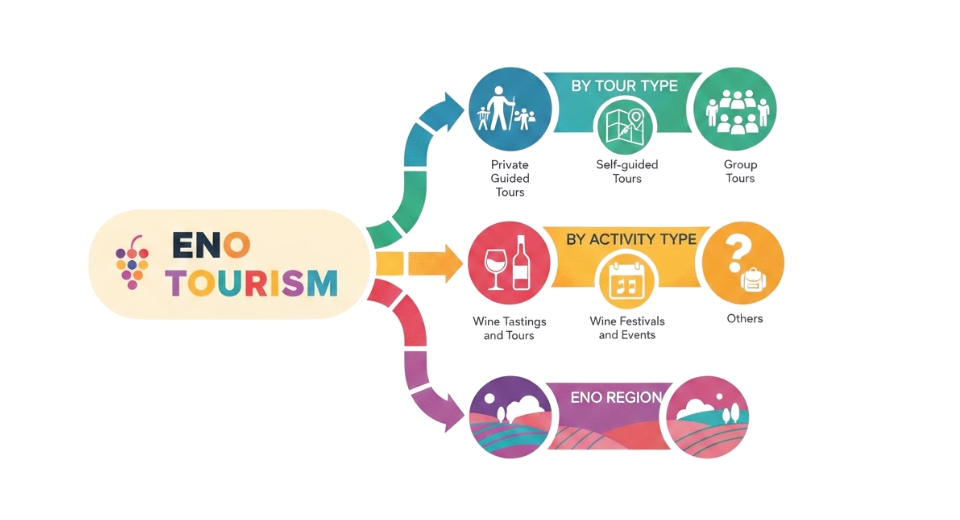
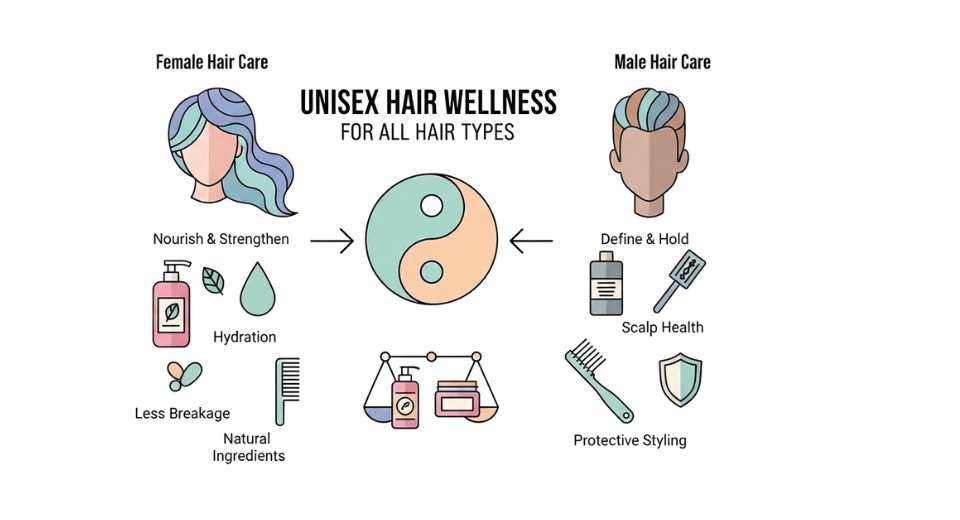

 US: +1 3023308252
US: +1 3023308252






